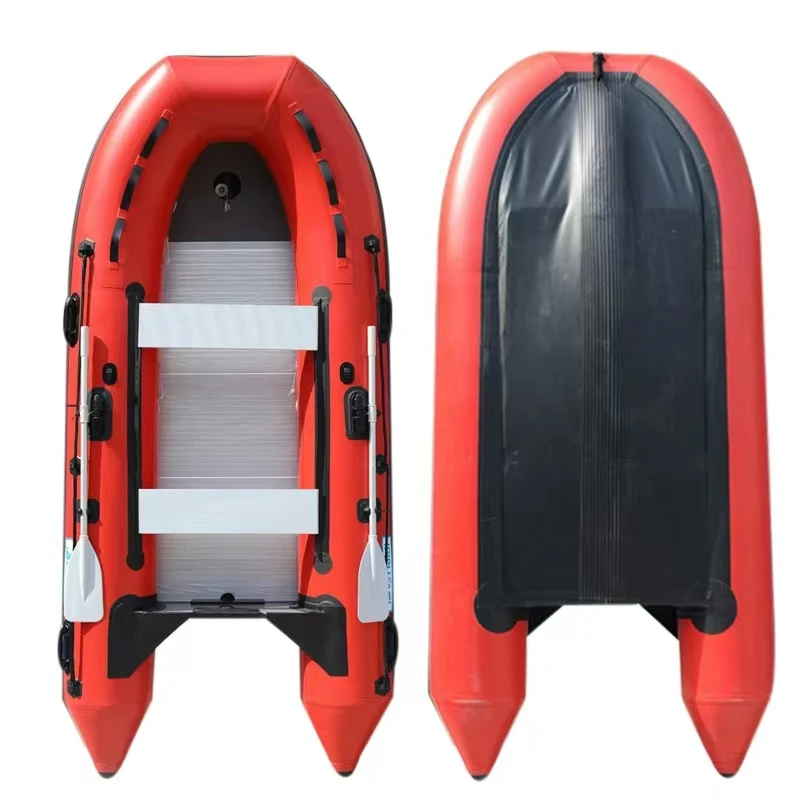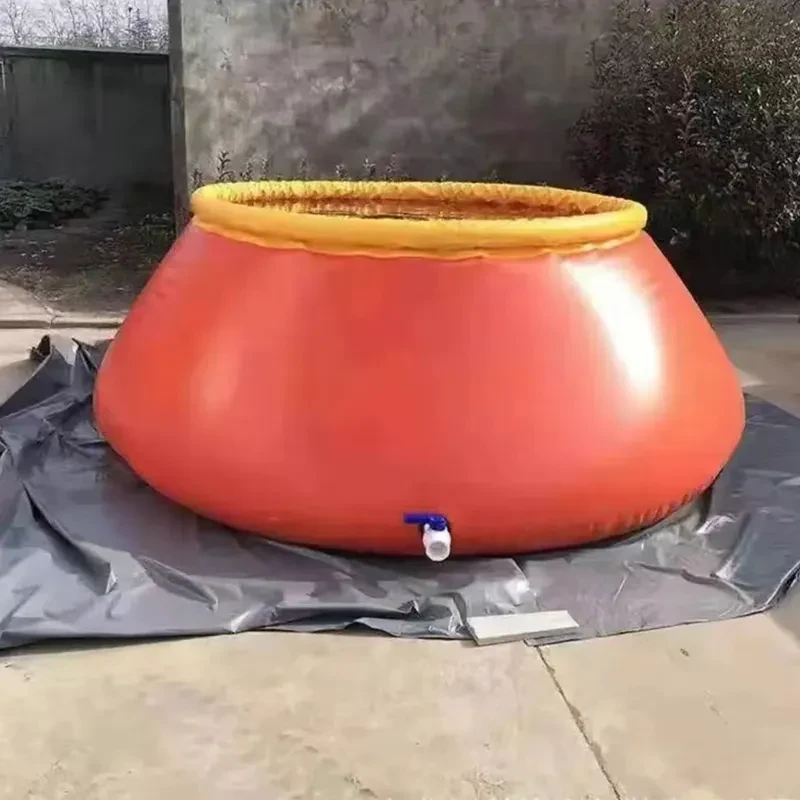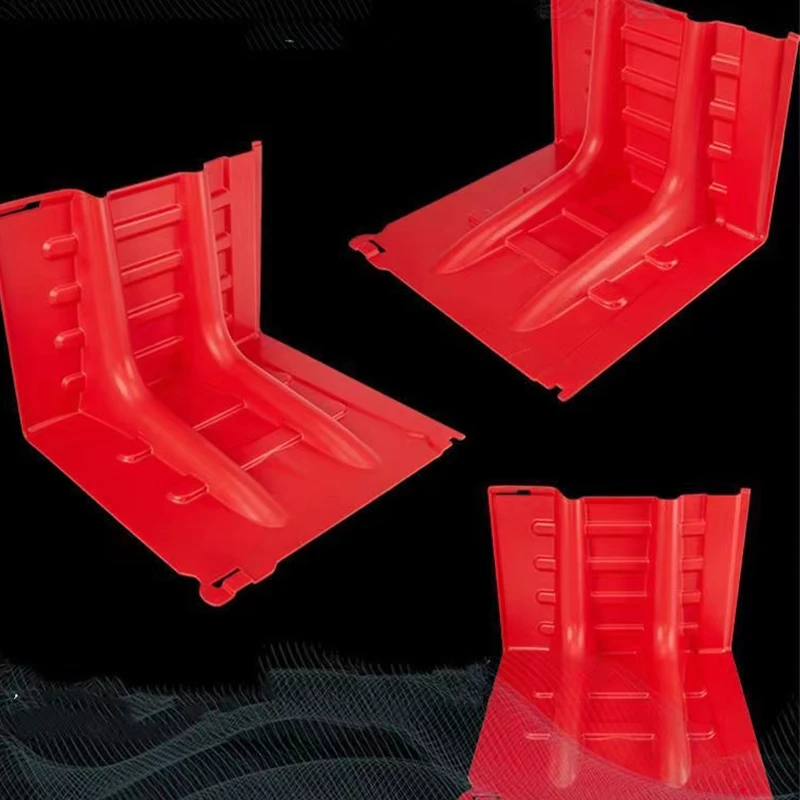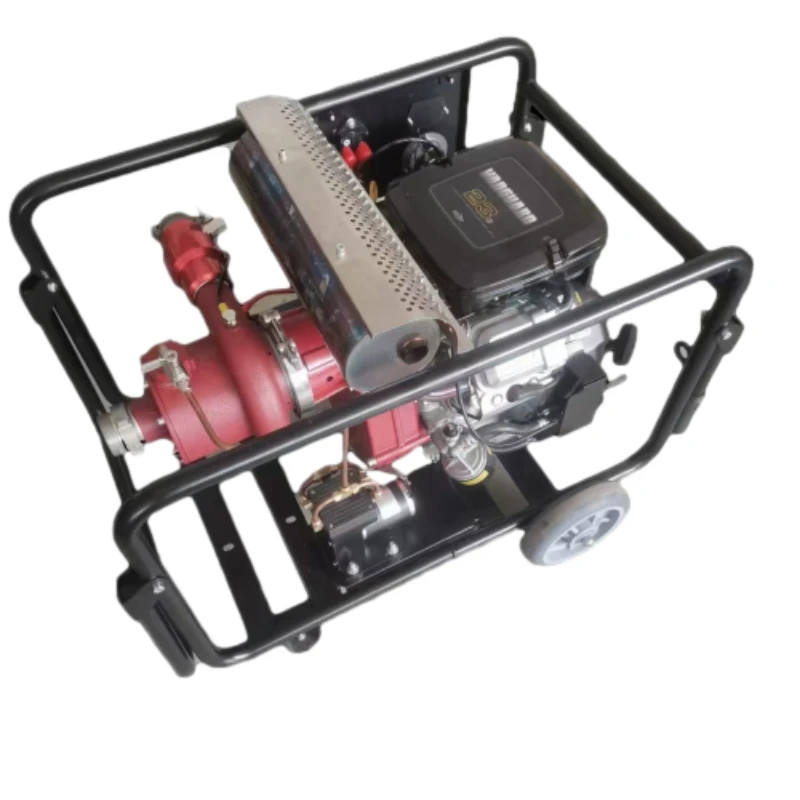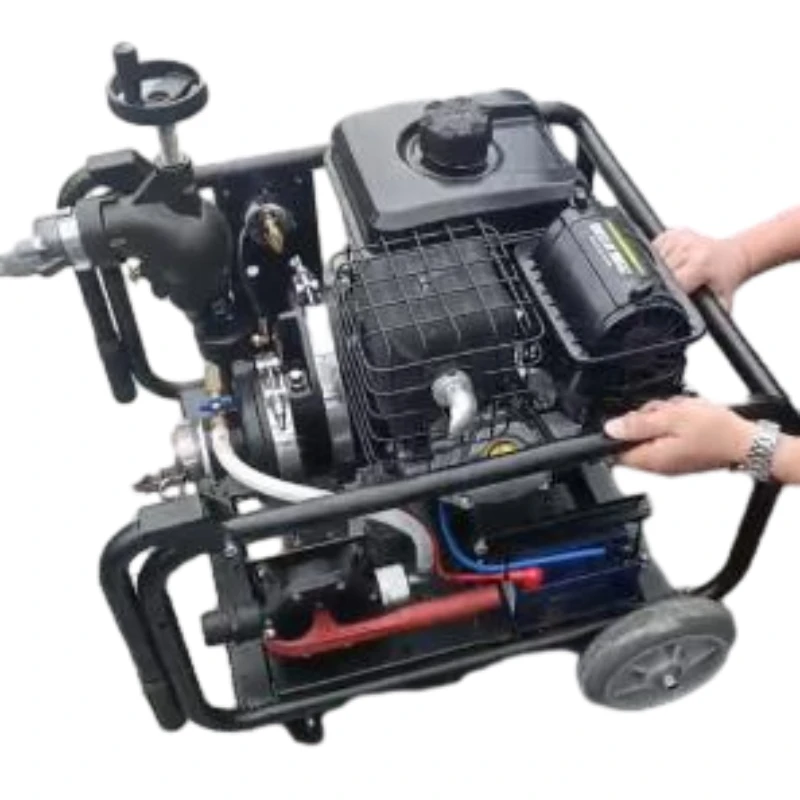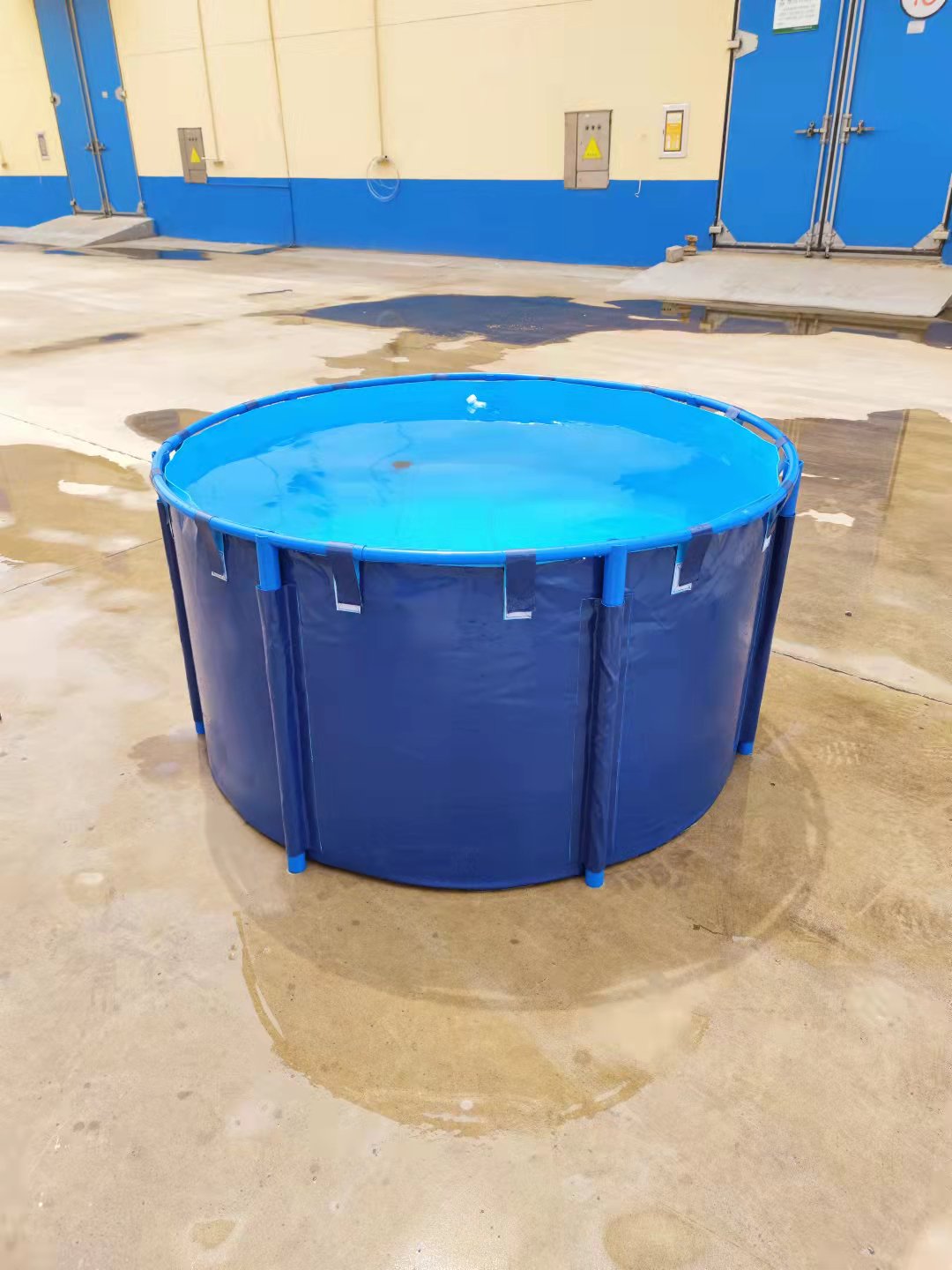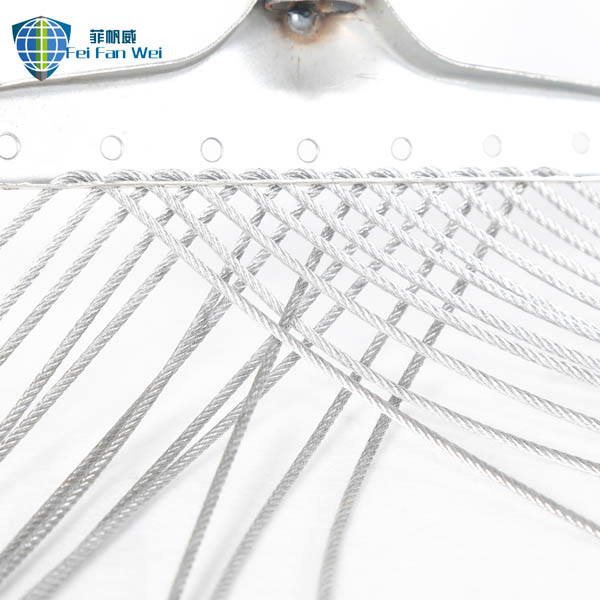Fire safety systems are critical for protecting lives and property, and the fire water pump is a cornerstone of these systems. Proper maintenance ensures that pumps operate efficiently during emergencies, minimizing downtime and maximizing reliability. This article provides a comprehensive guide to maintaining fire water pump, fire pump, turbine pump、 そして water pump for fire systems. By following these best practices, organizations can ensure compliance with safety standards and extend the lifespan of their equipment.
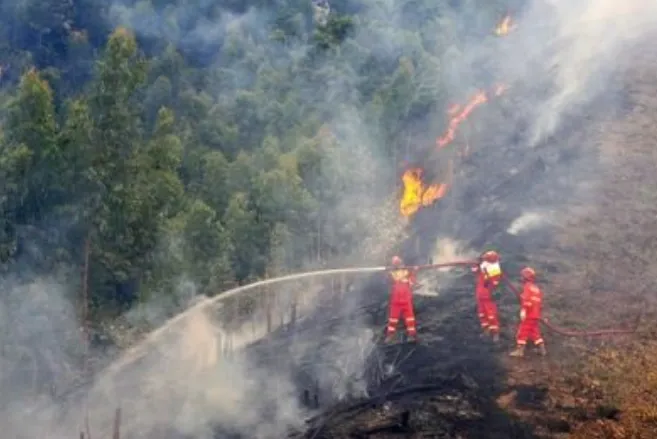
Understanding the Role of the Fire Water Pump in Fire Safety Systems
の fire water pump is designed to supply high-pressure water to fire suppression systems, such as sprinklers and hydrants, during emergencies. Unlike standard pumps, it must deliver consistent performance under extreme conditions. Key components include the motor, impeller, seals, and pressure gauges.
To maintain a fire water pump:
- Inspect weekly: Check for leaks, unusual noises, or vibrations.
- Test monthly: Run the pump for 10–15 minutes to ensure it reaches rated pressure.
- Lubricate bearings: Use manufacturer-recommended grease every 3–6 months.
- Clean intake screens: Debris can block water flow, reducing efficiency.
Neglecting these steps risks pump failure during emergencies. Manufacturers recommend documenting all inspections to track performance trends and identify issues early.
Essential Maintenance Routines for Reliable Fire Pump Performance
A fire pump requires systematic upkeep to remain operational. Its durability depends on addressing wear and tear proactively.
- Pressure Testing: Annually verify that the pump meets NFPA (National Fire Protection Association) pressure standards.
- Seal Replacement: Worn seals cause leaks; replace them every 2–3 years or as needed.
- Electrical Checks: Inspect wiring and connections for corrosion or damage. Ensure the motor starts automatically during power transitions.
- Vibration Analysis: Use sensors to detect imbalances in the impeller or motor alignment.
For turbine pump models, which use vertical shafts to draw water from deep sources, additional steps apply:
Inspect column bearings annually.
Ensure the discharge head is free from cracks.
Manufacturers emphasize using OEM (Original Equipment Manufacturer) parts to avoid compatibility issues.
Optimizing Turbine Pump Efficiency in Fire Protection Systems
Turbine pumps are ideal for high-capacity water delivery, especially in high-rise buildings or industrial facilities. Their vertical design allows water extraction from wells or tanks located below ground level.
Key maintenance practices for turbine pumps:
- Check Bowl Assemblies: Sediment buildup in the bowls can reduce efficiency. Clean annually.
- Monitor Shaft Alignment: Misalignment increases wear on bearings and couplings.
- Inspect Diffusers: Replace damaged diffuser vanes to maintain water flow direction.
- Test Relief Valves: Ensure they open at the correct pressure to prevent system overload.
For water pump for fire systems integrated with turbines, combine these steps with routine electrical inspections. Manufacturers often provide remote monitoring tools to track performance metrics in real time.
Ensuring Longevity of Water Pump for Fire Applications
A water pump for fire must withstand frequent testing and standby conditions. Corrosion, cavitation, and mechanical stress are common challenges.
Preventive measures include:
- Cavitation Prevention: Maintain adequate water levels in supply tanks to avoid vapor bubbles damaging the impeller.
- Corrosion Control: Apply protective coatings to exposed metal parts. Use stainless steel components in humid environments.
- Thermal Imaging: Scan the pump motor quarterly to detect overheating zones.
- Spare Parts Inventory: Stock critical items like gaskets, O-rings, and bolts to minimize repair delays.
Manufacturers design water pump for fire with robust materials, but environmental factors (e.g., hard water, temperature fluctuations) still necessitate vigilant upkeep.
FAQs About Fire Water Pump Systems
What is the recommended schedule for inspecting a fire water pump?
NFPA 25 mandates weekly visual inspections, monthly operational tests, and annual full-performance evaluations. Manufacturers may suggest additional checks based on usage intensity.
How does a turbine pump differ from a standard fire pump?
A turbine pump uses a vertical shaft and multiple impellers to lift water from deep sources, whereas a standard fire pump typically has a horizontal design for shorter suction lifts.
Can a water pump for fire be used for non-emergency purposes?
No. These pumps are engineered exclusively for fire suppression. Using them for other applications voids warranties and risks premature wear.
What causes pressure drops in a fire pump system?
Common causes include clogged filters, air leaks in suction lines, or worn impellers. Immediate troubleshooting is essential to restore functionality.
Are turbine pumps suitable for saltwater environments?
Only if specifically designed with corrosion-resistant materials like bronze or stainless steel. Standard models may degrade quickly in saline conditions.
Maintaining fire water pump, fire pump, turbine pump、 そして water pump for fire systems is non-negotiable for ensuring fire safety. Regular inspections, adherence to NFPA standards, and proactive part replacements guarantee reliability. Manufacturers specializing in bulk production of these systems offer tailored support and durable components, making them indispensable partners in safeguarding infrastructure. By prioritizing maintenance, organizations not only comply with regulations but also invest in long-term operational resilience.









